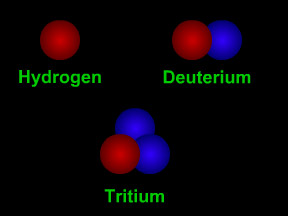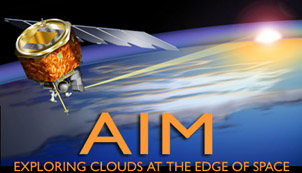Movie courtesy of the NSF.
Coral for Studying Past Climate
Climate scientists use "proxy data" to study climates of the past, before humans with thermometers began keeping temperature records. These "proxies" include tree rings, layers within ice cores pulled from glaciers and ice sheets, growth layers in coral, and layers of sediments from the bottoms of lakes and oceans.
Each year, coral colonies add a new layer of growth onto exiting coral "skeletons". Climate scientists can deduce data about past climates from these annual growth rings in much the same way they look at tree rings. The proportions of oxygen isotopes in the coral tell us about ocean temperatures when that coral was formed. Climate data from coral is the only major source of paleoclimate information from Earth's tropical regions. Oceanographers use special tools to extract cores from coral skeletons which they study in their labs.
Right-click (Windows) or Option-click (Mac) here to download a copy of this video in QuickTime format.
You might also be interested in:

For a glacier to develop, the amount of snow that falls must be more than the amount of snow that melts each year. This means that glaciers are only found in places where a large amount of snow falls each
...more
Isotopes are different "versions" of a chemical element. All atoms of an element have the same number of protons. For example, all hydrogen atoms have one proton, all carbon atoms have six protons, and
...more
Leaders from 192 nations of the world are trying to make an agreement about how to limit emissions of heat-trapping greenhouse gases, mitigate climate change, and adapt to changing environmental conditions.
...more
Climate in your place on the globe is called regional climate. It is the average weather pattern in a place over more than thirty years, including the variations in seasons. To describe the regional climate
...more
Less than 1% of the gases in Earth's atmosphere are called greenhouse gases. Even though they are not very abundant, these greenhouse gases have a major effect. Carbon dioxide (CO2), water vapor (H2O),
...more
Television weather forecasts in the space age routinely feature satellite views of cloud cover. Cameras and other instruments on spacecraft provide many types of valuable data about Earth's atmosphere
...more
Predicting how our climate will change in the next century or beyond requires tools for assessing how planet responds to change. Global climate models, which are run on some of the world's fastest supercomputers,
...more














